In a week where drones have been a big feature in the news for all the wrong reasons thanks to a collision at Heathrow and a rogue concert drone at a Muse gig, I've decided to take the weekly Tech feature in a slightly different, more insightful direction, and a new title. So from this point onwards, Tuesdays at Creativepool are all going to be about Tech, so let's dive right in.
Candela: Astep
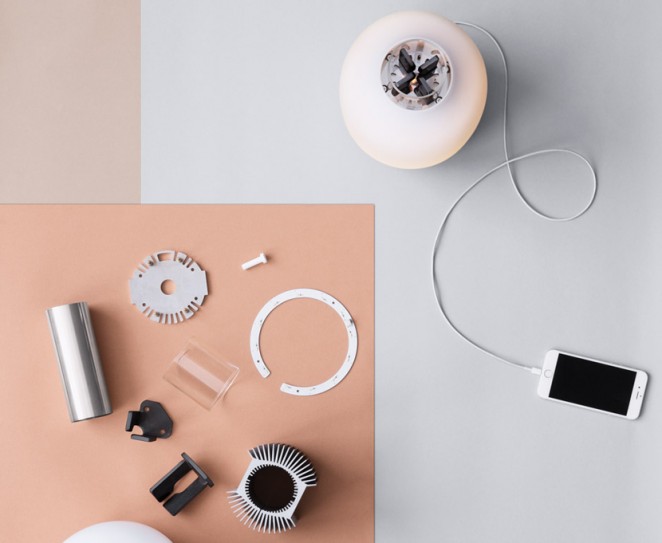
This may be a glaring overgeneralisation, but in essence, technology exists in order to make our lives easier. That's fine, of course, but when we're gushing over the latest piece of sleek, shiny tech, we often forget that technology can also be used to not only make our lives easier and more enjoyable, but more considerate of our planet and its dwindling resources. Enter the Candela, a device conceived as a technological update to the traditional oil lamp, which uses a 19th-century scientific discovery to create electricity out of heat. Francisco Gomez Paz, an Argentinian designer who works in Italy, created the lamp as the first product for a new Danish-Italian lighting brand called Astep, which was launched during Milan Design Week by one Alessandro Sarfatti, the third generation of an Italian design dynasty that includes the founders of lighting brands Arteluce and Luceplan. The Candela is based on traditional Scandinavian lanterns, and uses a smokeless flame to generate electricity that powers LEDs and a battery pack that can be used to power a phone, so it not only looks gorgeous, but could mean we never have to plug our phones into the mains again!
“Candela is absolutely innovative, there's nothing like this on the market and that's a fact” Alessandro Sarfatti
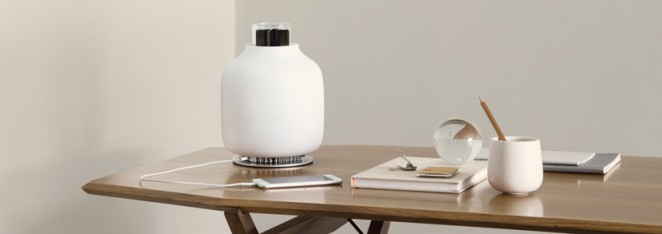
The technology is based on a thermoelectric processes discovered separately by French physicist Jean-Charles-Athanase Peltier and German physicist Thomas Johann Seebeck way back in the 1820s and 30s, that generates a current from differences in temperature. A re-fillable aluminium canister at the centre of the lamp contains bio ethanol, a fuel that burns cleanly and is made from fermented corn, whilst the wick is made from ceramic fibres and coated at the top with aluminium powder to give it a lifespan of potentially years. When lit, it generates a flame that rises up through the mouth of the hand-blown Czech glass shade. This heats a series of plates that are arranged around the mouth of the cover and channel heat down to the top surface of a thermoelectric generator, before it's dissipated into the aluminium base underneath. The two different temperatures create a current through the generator, which in turn powers 24 LEDs around the base, and the light from these is diffused by the glass cover. Surplus energy is collected in a battery cell, which can be used to charge a phone via a USB port. The canister contains enough fuel for the lamp to last for six hours at a time, and it can be used both indoors and outdoors. I want one, and I'd wager so do you!
Playstation VR demo units hit stores soon

Whilst it sounds incredible on paper, and is what many believe will dominate the media landscape in the near future, virtual reality is something you really need to experience first-hand before committing to what is a rather elaborate purchase. The HTC Vive and the Oculus Rift are unashamedly premium, luxury products, of course, that only hardcore gamers and tech hounds (such as myself) will even consider bringing home in 2016, but the upcoming Playstation VR is a far more reasonable proposition, with an asking price almost half that of the Oculus, which also requires a powerful PC to run. PSVR requires nothing more than a PS4 and a spare £350. As such, many have speculated that PSVR simply won't be able to compete with the experiences offered by Oculus and HTC, but Sony is hoping to silence the naysayers and convert the unbelievers by rolling out over 500,000 PSVR in-store demo units across the US starting in June.
Sony Interactive Entertainment VP of Marketing, John Koller, believes that this kind of investment into experiential marketing could be what gives the PSVR the head start it so desperately needs in the great VR Wars of 2016. Koller has signed a deal with GameStop, one of the largest video game store chains in the US, which means that most American gamers will start seeing units popping up in their local stores this summer. Whether or not the same push will be seen in Europe and Japan remains to be seen, but I seriously hope so as I'm aching to get my grubby paws on one!
ECAL x Punkt in Milan

Product design students from the Swiss university ECAL, have collaborated with technology brand Punkt (founded in 2008 by entrepreneur Petter Neby) to create an absolutely ingenious range of more intuitive household electronics.
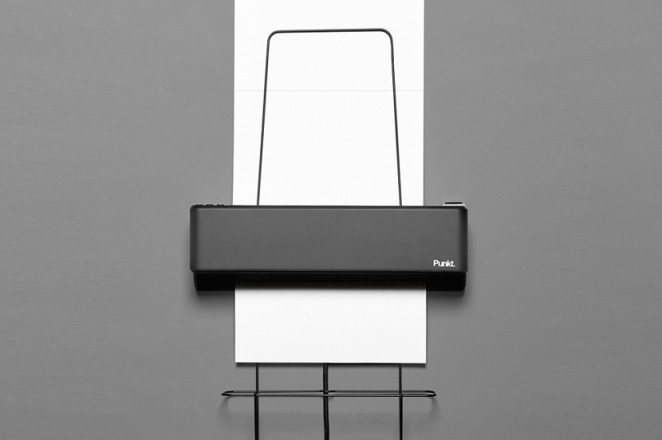
The ECAL x Punkt show contains such simple, everyday devices as a radio, a power plug, and a printer, only these are devices built not to look good or impressive (though the certainly do), but to work in the most intuitive way possible, so even your Gran could figure out how to use them with minimal encouragement. The collection continues the Swiss brand's efforts to create stripped-back electronics by designers like Jasper Morrison, which offer an alternative to today's multi-functional products. ECAL tutor Augustin Scott de Martinville and the Punkt team asked students to rethink the basic objects that help people with their daily routines.
“The show is about technology that stays in the shadows and also makes small comments about the way we live” ECAL Director, Alexis Georgacopoulos
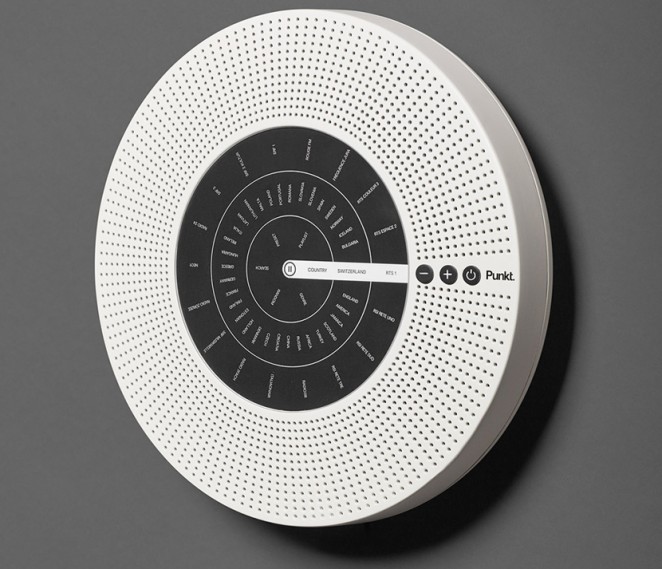
Terkel Skou Steffensen has designed an internet radio with a circular touch screen, designed to make it fun and easy to navigate thousands of stations. An octagonal projector by Jaehoon Jung, meanwhile, can be rotated so you can project videos onto the ceiling as well as the walls, while DongKyum Lim has created a clock that hangs in the corner of a room, enabling the user to tell the time from every angle.
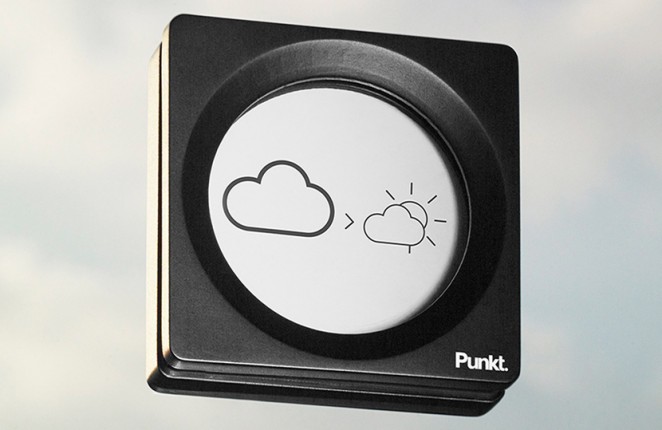
Then there's Nadine Schaub's wall-mounted printer, which delivers paper into a wire tray like an envelope through a letter box, and the mini weather station by Kevin Gouriou, which displays temperature, air quality and atmospheric pressure on a small solar-powered screen, and is designed to be attached to a window by magnets. My favourite, however, is the rechargeable torch by James Dart, which can be stood on its end and used as a desk light. Inspired! ÉCAL x Punkt was on show at Corso Magenta 24 for the duration of Milan Design Week, which ended on 17 April 2016.
Apple and the great glass iPhone
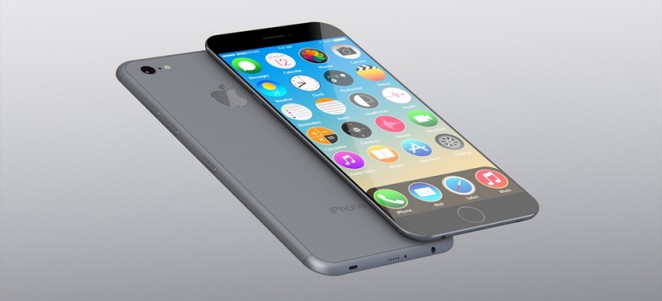
It appears Apple might be changing up their annual release schedule a little this year, with recent leaks suggesting that the highly anticipated iPhone 7 might actually not be released until next year, which also happens to be the 10th anniversary of the release of the original iPhone. Instead, the iPhone that is being prepared for a release this summer might actually be something akin to a 6.5. Or there could always be a low-key 7 released this year and a more high profile 8 released next year, I'm not sure. That's not the story though, the real news is that said 7th (or 8th) main iteration of the device that kickstarted the smartphone revolution could potentially be made entirely from glass. Now before you start thinking, “But doesn't that mean it'll break?,” this isn't just your bog-standard, everyday glass, this is Apple glass. Seriously though, the iPhone 4 and iPhone 4s already relied heavily on a glass front and back, and they were arguably some of the most durable phones of their generation. So worry not Apple fans!
The rumours are being circulated by Ming-Chi Kuo, the resident Apple analyst at KGI, who has a pretty impressive track record when it comes to predicting the tech giants' next moves. Kuo claims that the aluminium casing of old will be dropped in favour of an all-glass enclosure with a super-thin AMOLED screen, which is also significant, considering Apple are one of the few major companies to have stuck with LCD technology until now. Last week, Apple reportedly reached a $2.6 billion agreement with Samsung to supply OLED panels for iPhone displays, which could be seen as an odd move seeing as Samsung are Apple's primary competitor in the market, but we've reached a stage now where there are “Apple People” and “Android People,” so in that regard, Apple and Samsung might as well start pooling their resources. Either way, Apple fans should keep their eyes and wallets peeled.
Flyboard Air Testing
Flyboard – Air Test 1
The Flyboard Air from Zapata Racing may still be in the testing stages, but it’s definitely closer to the original concept of a hoverboard than those woeful self-balancing skateboards that rely on wheels and batteries to move and apparently keep setting on fire.
The Flyboard Air follows in the footsteps of the water-powered Flyboards and Jetpacks the company has made in the past, and uses a jet turbine engine to achieve a maximum altitude of 10,000 feet, a top speed of 93 mph, and fly continuously for about 10 minutes. According to the company, the Flyboard Air won’t be mass produced and sold this year, but anyone interested in it can still check out the rest of the Flyboard Pro series, but honestly, at this point you might as well wait it out. We've waited this long already right?
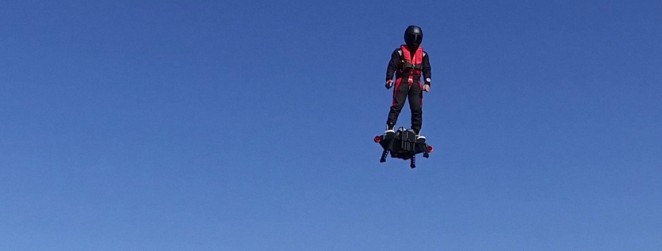
Benjamin Hiorns is a freelance writer and struggling musician from the dark heart of Kidderminster in the UK.






